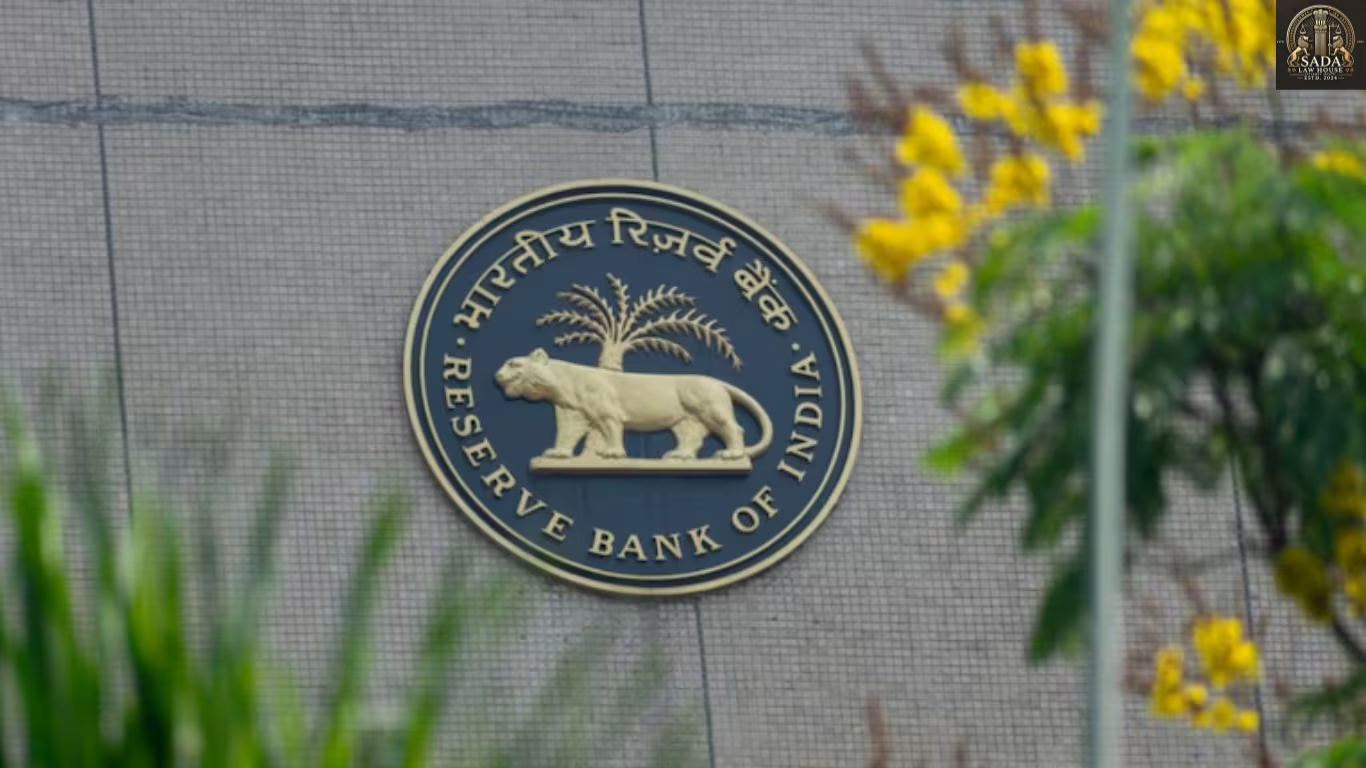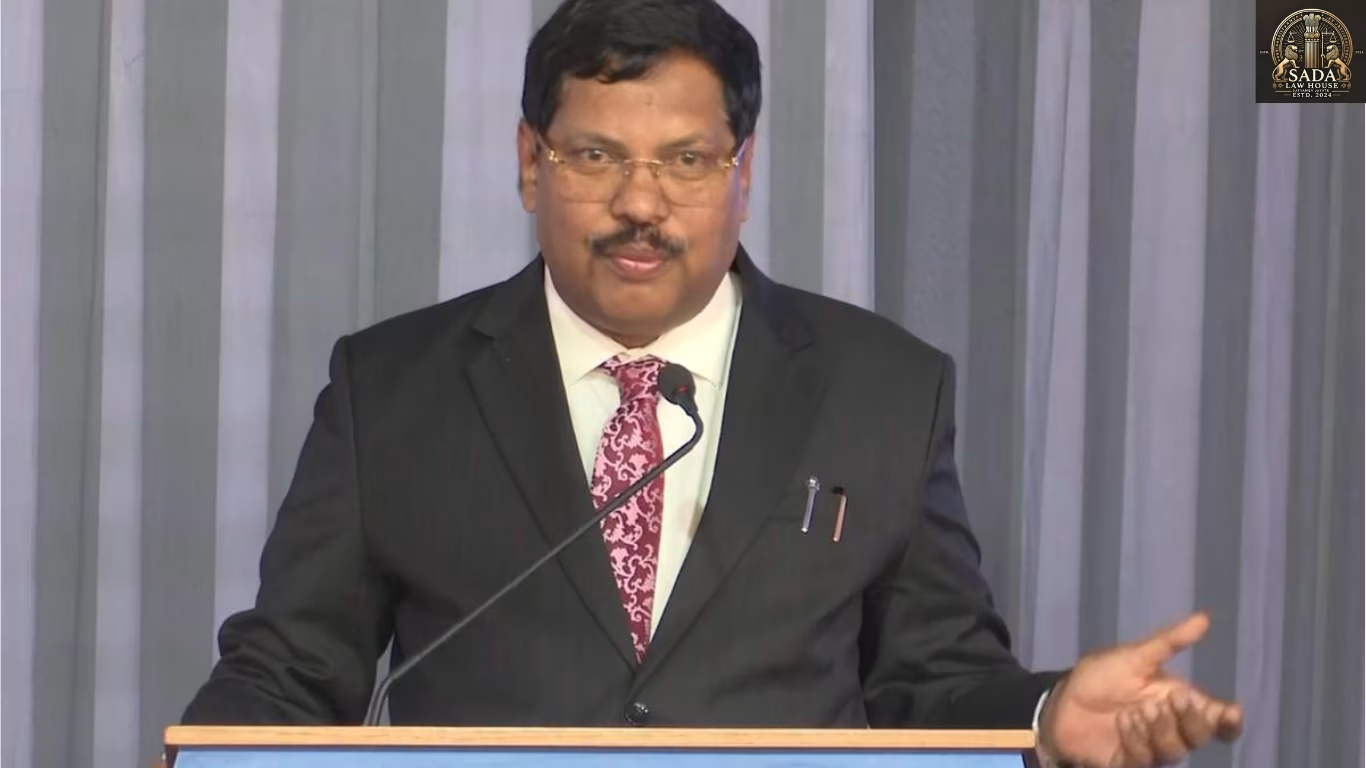RBI Sets Up Committee for Periodic Review of Regulations
- Shivani Garg
- 17 September 2025

Introduction
The Reserve Bank of India (RBI) on 17 September 2025 announced the creation of a Regulatory Review Cell (RRC) that will conduct a systematic review of its regulations every five to seven years. Chaired by an SBI Managing Director and supported by six independent experts, this initiative is aimed at reducing compliance burdens, eliminating outdated rules, and aligning India’s financial oversight with global best practices.
Background
Since its inception in 1935, the RBI has been India’s central banking authority, managing monetary policy, regulating banks and NBFCs, and safeguarding financial stability. While the 1991 economic liberalisation spurred large-scale regulatory updates, many existing rules remain outdated, often creating duplication, delays, and compliance challenges. With rapid growth in digital banking, fintech, and AI-driven services, experts have long called for more flexible regulations. Globally, central banks like the U.S. Federal Reserve and Bank of England already conduct regular reviews, making RBI’s decision timely and essential.
Key Developments
The RRC will review RBI regulations every five to seven years.
Composition: Chaired by an SBI Managing Director with six independent experts from banking, economics, technology, and law.
Engagement: Will consult private banks, cooperative banks, NBFCs, and fintechs.
Objectives:
Remove redundant rules.
Improve transparency and accessibility.
Encourage innovation in fintech and AI.
Reduce compliance burden.
Align with international standards.
RBI Governor Shaktikanta Das remarked that the initiative will make India’s financial system “future-ready” while balancing innovation and stability.
Issues
While widely welcomed, the initiative faces challenges:
Implementation of RRC recommendations could be slowed by bureaucratic hurdles.
Coordination across multiple government departments remains essential.
Too much deregulation may risk financial instability, as seen in global crises like 2008.
Current Status
The Finance Ministry has hailed the move as progressive, linking it to the “Ease of Doing Business” and India’s $10 trillion economy vision. Large banks and NBFCs see it as a step toward streamlining compliance. Opposition parties, however, have questioned its timing, arguing that pressing issues like inflation and unemployment deserve priority. Internationally, the IMF and World Bank welcomed the mechanism, predicting stronger investor confidence.
Conclusion
The RBI’s creation of the Regulatory Review Cell signals a landmark reform in India’s financial governance. By institutionalizing periodic regulatory reviews, the RBI aims to strike a balance between innovation and stability, reducing compliance burdens while boosting transparency and global alignment. If implemented effectively, this initiative could reshape India’s financial sector, positioning it as a resilient and innovation-driven hub in the global economy.






